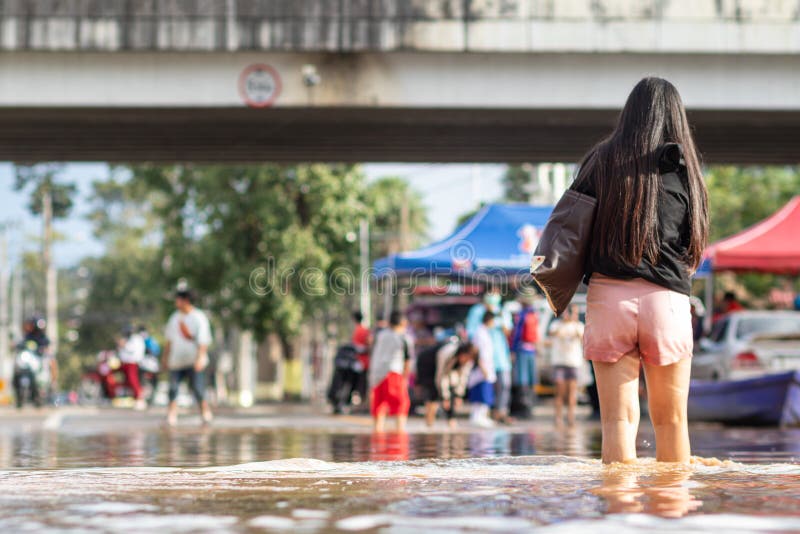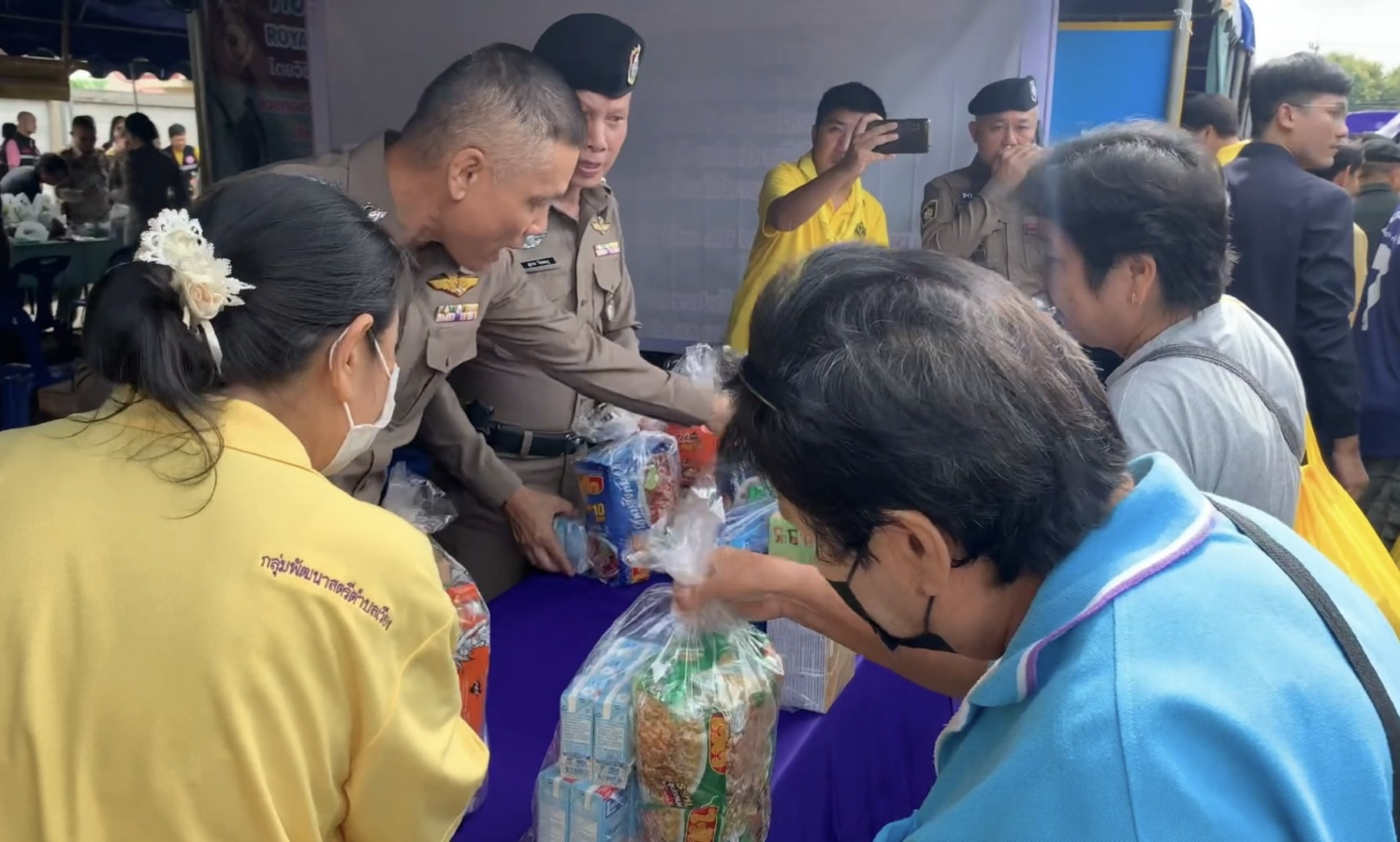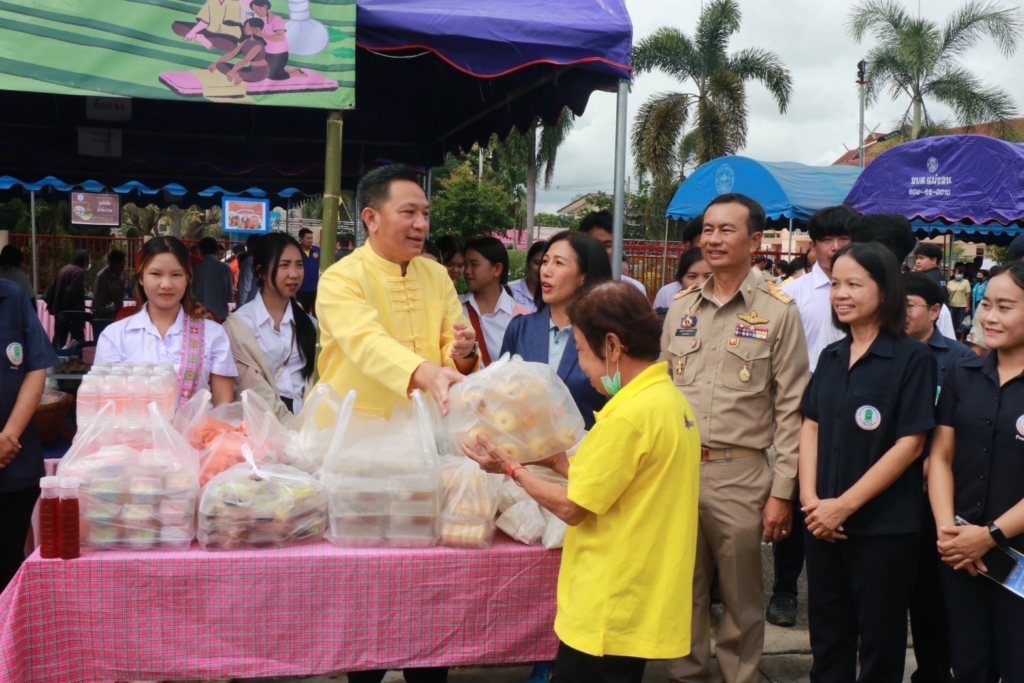This Isn’t Just One Case: Are There More Victims In Chiang Mai?

Executive Summary

The recent highly publicized case of [Insert Name of Victim or Case, if applicable, otherwise remove this bracketed information] in Chiang Mai has ignited a crucial conversation: is this an isolated incident, or a symptom of a larger, darker problem? This article delves into the potential for a pattern of exploitation and harm within Chiang Mai, examining the systemic factors that could contribute to such occurrences. We will explore various aspects, from the vulnerability of certain populations to the challenges in reporting crimes and seeking justice, ultimately aiming to shed light on the critical need for greater awareness, improved protections, and more effective legal responses. This investigation is not about assigning blame, but about understanding the complex reality and advocating for positive change.

Introduction
Chiang Mai, with its breathtaking beauty and vibrant culture, attracts millions of tourists annually. Yet, behind this idyllic façade, shadows lurk. Recent events have raised serious concerns about the safety and well-being of visitors and residents alike. This article aims to examine whether the recent incident represents an isolated case or whether it indicates a broader pattern of vulnerability and potential exploitation within the city. We’ll explore potential contributing factors and consider the implications for future preventative measures. We seek to provide a nuanced and informed perspective on a deeply troubling issue.
Frequently Asked Questions
-
Q: What specific incident sparked this investigation? A: [Insert brief, neutral description of the triggering event. If no specific event is being referenced, rephrase to something like: “Recent reports and concerns have prompted this investigation into potential patterns of harm within Chiang Mai.”]
-
Q: Is this article accusing anyone of wrongdoing? A: No. This article aims to analyze potential systemic vulnerabilities and explore contributing factors that could lead to harm. It does not seek to assign blame or make accusations.
-
Q: What is the goal of this article? A: To raise awareness about potential safety concerns in Chiang Mai, encourage open discussion, and promote solutions to protect vulnerable individuals. The goal is to inspire proactive measures and improve safety for both residents and visitors.
Tourist Vulnerability and Exploitation
Chiang Mai’s thriving tourism industry, while beneficial to the local economy, creates an environment where certain individuals may be particularly vulnerable to exploitation. The influx of tourists, combined with cultural and language barriers, can create opportunities for various forms of abuse.
- Lack of Awareness: Many tourists, especially those traveling independently, may be unaware of local laws, customs, and potential safety risks. Education is crucial for preventing exploitation.
- Language Barriers: Communication difficulties can make it challenging for victims to report crimes or seek help. Multilingual support services are essential.
- Isolation: Travelers, particularly solo travelers or those far from home, can feel isolated and vulnerable, making them easier targets. Community support networks can help mitigate this risk.
- Pre-existing Vulnerabilities: Individuals with pre-existing vulnerabilities, such as those facing economic hardship or experiencing mental health challenges, may be disproportionately affected. Targeted support programs are needed for these groups.
- Misinformation: Misleading information about safety and legal recourse can prevent victims from coming forward. Accurate and accessible information is crucial.
- Access to Justice: Navigating the legal system in a foreign country can be overwhelming. Clear pathways to justice and victim support are necessary.
Systemic Issues and Law Enforcement
The effectiveness of law enforcement in addressing potential crimes against tourists and residents is crucial. However, challenges within the system may hinder investigations and prosecutions.
- Underreporting: Many incidents may go unreported due to fear, shame, language barriers, or distrust of authorities. Improved reporting mechanisms are essential.
- Resource Constraints: Limited resources and staffing within law enforcement agencies can impact their capacity to thoroughly investigate and prosecute cases. Increased funding and training are needed.
- Corruption: The possibility of corruption within the system can further deter victims from reporting crimes. Transparency and accountability mechanisms are crucial.
- Lack of Coordination: Effective collaboration between law enforcement agencies, tourism authorities, and victim support organizations is crucial for a coordinated response. Interagency collaboration and communication protocols are vital.
- Legal Frameworks: The existing legal frameworks may not adequately address certain types of exploitation or provide sufficient protection for victims. Legal reforms and updates may be necessary.
- Data Collection and Analysis: Systematic data collection and analysis of reported incidents are essential for identifying patterns and trends, informing preventative strategies. Improved data management and analysis capabilities are needed.
The Role of the Tourism Industry
The tourism industry itself plays a significant role in ensuring the safety and well-being of visitors. However, certain practices may inadvertently contribute to vulnerability.
- Unregulated Accommodation: The proliferation of unregulated accommodations, such as guesthouses and unregistered rentals, can create environments where exploitation is more likely to occur. Stricter regulation and licensing are necessary.
- Lack of Safety Training: Insufficient safety training for tourism workers, including hotel staff, tour guides, and transportation providers, can leave them ill-equipped to identify and respond to potential risks. Mandatory safety training should be implemented.
- Inadequate Information: A lack of clear and readily available information about safety precautions and emergency contacts can leave tourists unprepared for potential threats. Improved dissemination of safety information is required.
- Ethical Tourism Practices: Promoting ethical tourism practices, which prioritize the well-being of local communities and visitors, is crucial for fostering a safer environment. Encouraging ethical tourism through awareness campaigns is vital.
- Industry Self-Regulation: The tourism industry should take a proactive role in self-regulation, implementing robust internal mechanisms to address potential risks and protect vulnerable individuals. Stronger industry self-regulation and compliance is crucial.
- Collaboration with Authorities: Close collaboration between the tourism industry and law enforcement agencies is critical for sharing information and coordinating responses to potential incidents. Improved communication and cooperation between stakeholders is paramount.
Cultural Factors and Social Norms
Understanding the cultural context and social norms within Chiang Mai is essential for comprehending the complexities of the issue. Certain cultural practices or unspoken expectations may inadvertently contribute to a climate where exploitation can thrive.
- Power Dynamics: Pre-existing power imbalances, whether based on gender, social status, or economic disparity, can exacerbate the risk of exploitation. Addressing power imbalances through education and social programs is essential.
- Social Stigma: Social stigma associated with reporting certain types of crimes, particularly those involving sexual assault, can deter victims from coming forward. Reducing social stigma through public awareness campaigns is crucial.
- Traditional Values: Certain traditional values or beliefs may influence how incidents are perceived or reported, potentially hindering investigations. Promoting open discussions about these issues is necessary.
- Community Involvement: Engaging local communities in preventative efforts is crucial for fostering a culture of safety and accountability. Building strong community partnerships is vital.
- Addressing Systemic Inequality: Addressing underlying issues of social and economic inequality can play a significant role in preventing exploitation and protecting vulnerable populations. Implementing social programs aimed at reducing inequality is essential.
- Cultural Sensitivity: A nuanced understanding of local cultural norms and sensitivities is crucial for designing effective interventions and preventing unintended consequences. Working with cultural experts to inform strategies is paramount.
Conclusion
The question of whether the recent incident in Chiang Mai is an isolated case or part of a broader trend remains a pressing concern. While definitive answers require further investigation and data analysis, the potential for systemic vulnerabilities is undeniable. The factors explored in this article—from tourist vulnerability and systemic issues within law enforcement to the role of the tourism industry and deeply ingrained cultural factors—paint a complex picture. Addressing this issue requires a multi-faceted approach encompassing improved safety measures, enhanced law enforcement capabilities, ethical tourism practices, and a commitment to dismantling the social and economic factors that contribute to exploitation. Only through a collaborative effort involving government agencies, the tourism industry, local communities, and international organizations can we hope to create a safer and more just environment in Chiang Mai for all.
Keywords: Chiang Mai safety, tourist exploitation, Thailand crime, systemic vulnerabilities, tourism safety
